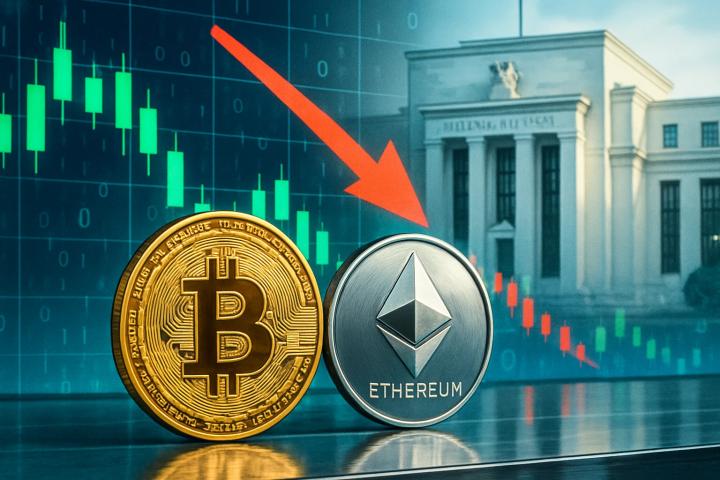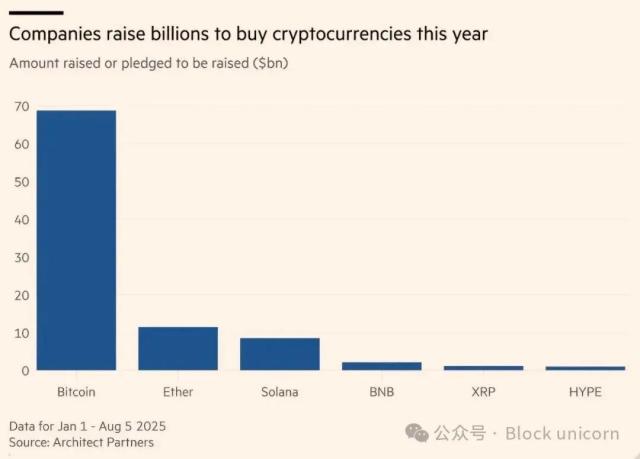However, on the other end of the market, professional players considered "smart money" are showing a completely opposite caution. In the Bitcoin options market, the put options positions with strike prices between $80,000 and $100,000 are almost five times that of call options in the same range. This means that institutions and professional traders are investing real money to buy "insurance" against potential significant market pullbacks.
This contradictory state of speculation and hedging forms a typical "barbell" market structure. Market risks are allocated at two extremes: on one end are Altcoin speculators chasing high returns, and on the other end are professional hedgers seeking extreme risk protection. The "middle ground" representing broad, stable, medium-term bullish confidence is unusually empty. This internal division makes the market structure extremely fragile, lacking a unified consensus to drive prices beyond key resistance levels.
The Cost of Liquidity: When "Risk-Free" Returns Are Too High
The fourth, and most fundamental pressure, comes from the high dollar liquidity costs in the entire crypto ecosystem.
Currently, both centralized platforms and decentralized protocols maintain stablecoin deposit annual percentage yields (APY) generally between 5% and 14%. Obtaining such high returns on an asset pegged 1:1 to the dollar is unimaginable in the traditional financial world. It only indicates one thing: the market is extremely "cash-starved" with an extremely strong demand for dollar liquidity.
This high-yield environment creates a powerful "liquidity black hole". For funds and mature investors, when they can obtain nearly double-digit annual returns on a low-risk asset, "parking" funds in this safe harbor becomes an extremely rational choice.
This leads to a key issue: new liquidity cannot effectively be converted into price appreciation fuel. Large amounts of capital that could have flowed into Bitcoin or ETH are attracted by high interest rates and directly enter low-risk or risk-free arbitrage strategies. These capitals are trapped in the "money market" layer of the crypto ecosystem and fail to penetrate the "capital market" layer, fundamentally weakening the market's upward momentum.
Conclusion: Beware of the Rate Cut Shoe
In summary, the current market stagnation is a fragile balance under four structural pressures. Institutional buying is offset by early holders' selling and professional investors' hedging; DeFi's deleveraging engine continues to apply pressure; while high dollar funding costs suppress new leveraged buyers' willingness to enter.
Under such a fragile internal structure, the market seems to pin its only hope on the macro expectation of the Federal Reserve's upcoming rate cut cycle. However, the ancient wisdom of financial markets repeatedly warns us: "Buy the rumor, sell the news".
When this rate cut shoe truly drops, the market may not welcome a new round of celebration. Considering ongoing inflationary pressures, the Fed's rate cut will likely be interpreted by the market as an official confirmation of potential economic recession. At that moment, the rate cut might transform from a positive story about "increased liquidity" to a negative story about "deteriorating economic fundamentals".
This narrative shift could very likely become the trigger that ignites all current internal structural contradictions. At that time, the rate cut may not provide new upward momentum but could instead become the final straw that breaks the camel's back, triggering a deeper structural clearance.
On this temporarily stranded crypto ship, the real test may have only just begun.







